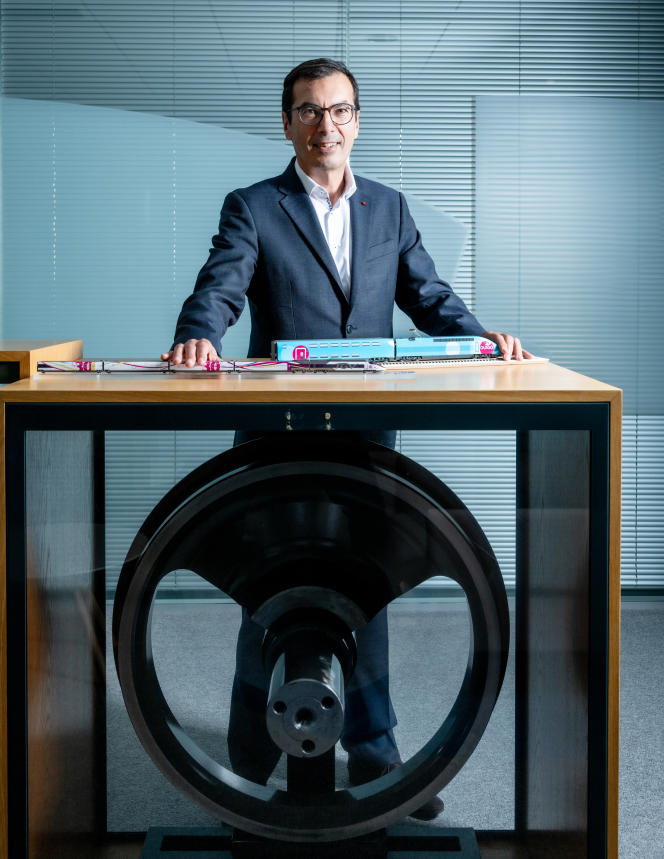Frightened, in 2022, by soaring electricity prices, the leaders of the SNCF discreetly launched the “Volta Ferro” program – its code name – to face a new systemic threat weighing on the first buyer of electrons from France. Twelve months later, the CEO of the public railway company, Jean-Pierre Farandou, explains to the World the scale of this astonishing energy project with colossal ambition.
The SNCF announces today that it is embarking on the production of renewable electricity and that it intends to be one of the very first players in this sector. Can you say more?
We are going to create a 100% subsidiary of SNCF, SNCF Renouvelables. We already produce a little solar energy, with panels in stations, on a few workshops, but here we are moving up a gear. It is a strategic choice. Our core business is rail. But the electricity needed to run trains has become a hot topic since the invasion of Ukraine. Before, energy was abundant in this country and not very expensive. In just a few months, it has become a strategic subject both for securing supplies and controlling costs. We also, of course, have an ecological transition issue.
This is in line with the four strategic axes defined upon my arrival, at the beginning of 2020. The ecological transition, the territories, the human – the renewable sector, it is 15,000 jobs to be created in the next ten years, we are there will take part – and innovation: orders from the SNCF will support a French and European solar panel manufacturing industry, but we will also work on solutions for storing this energy and on the development of longitudinal solar panels, that we can install along the railway tracks, a technology that does not exist today. We have initial contacts with manufacturers, such as the Alsatian producer Voltec Solar.
What are your electricity needs?
We are EDF’s biggest customer. We consume 9 terawatt hours per year: eight for electric traction and the rest for electricity for offices, service buildings, industries, workshops or stations, for heating, air conditioning and lighting. This is the equivalent of nine out of fifty nuclear reactors in France. And our needs will increase by 50% in the next twenty years with the development of the train.
However, we have a resource: land, in particular what we call abandoned railways, for example, unused railway lines. For a year, we have been identifying them to create a solar cadastre, with the exposure to the sun of the land. In total, we found 10,000 hectares. On 1 hectare, one can install a power of 1 megawatt-peak [l’unité mesurant la puissance des panneaux photovoltaïques]. This covers an energy consumption of 1.5 megawatt hours.
You have 73.87% of this article left to read. The following is for subscribers only.
